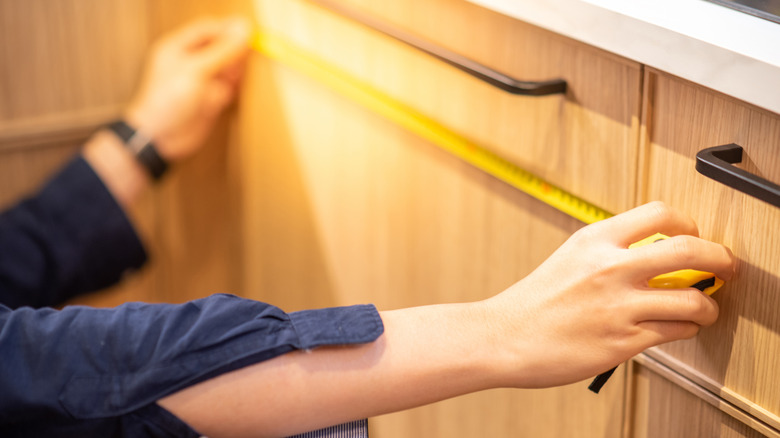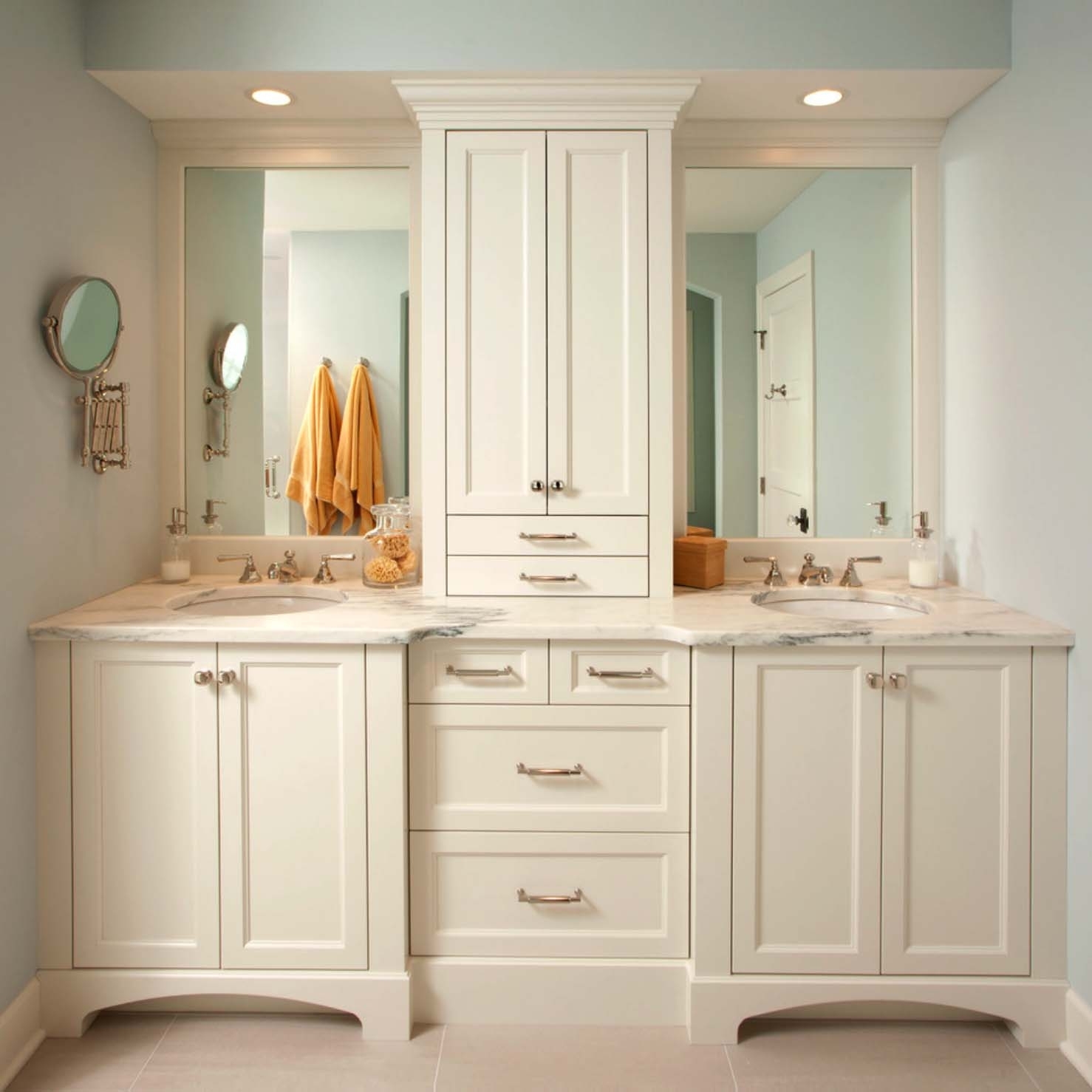Common Causes of a Misaligned Bathroom Sink

A misaligned bathroom sink can be a frustrating and unsightly problem. While it may seem like a simple issue, there are several underlying causes that can contribute to this misalignment. Understanding these causes is crucial for effective troubleshooting and repair.
Installation Errors
Installation errors are a common culprit behind misaligned bathroom sinks. The process of installing a sink involves several steps, and even a minor mistake can lead to a noticeable misalignment.
- Incorrect Cabinet Placement: If the cabinet is not positioned precisely, the sink will be off-center. This can occur if the cabinet is not properly leveled or if the wall studs are not located in the desired position.
- Improper Sink Mounting: The sink must be securely fastened to the countertop and cabinet using the correct mounting hardware. If the screws are not tightened evenly or if the wrong type of hardware is used, the sink may become loose and shift out of alignment.
- Uneven Countertop Installation: The countertop should be perfectly level to ensure the sink sits flush and centered. If the countertop is not properly installed, the sink may tilt or become misaligned.
Uneven Floors or Walls
Uneven floors or walls can also lead to a misaligned bathroom sink. If the floor or wall is not level, the cabinet and sink will tilt, resulting in a misalignment.
A common scenario is a floor that slopes slightly, causing the cabinet to lean and the sink to appear off-center.
Other Factors
Besides installation errors and uneven surfaces, other factors can contribute to a misaligned bathroom sink.
- Improper Cabinet Sizing: If the cabinet is too small for the sink, it can create a misalignment. The sink may overhang the edge of the cabinet or be positioned too far forward or backward.
- Outdated Plumbing: Old plumbing pipes can become worn or corroded, leading to leaks or movement. This movement can cause the sink to shift out of alignment.
Troubleshooting and Diagnosis: Bathroom Sink Not Centered In Cabinet

Before attempting any repairs, it’s crucial to accurately identify the root cause of the misalignment. This will ensure that you address the problem effectively and prevent further damage or complications. A thorough visual inspection is the first step in diagnosing the issue.
Visual Inspection
A visual inspection involves examining the sink and cabinet for any signs of misalignment or structural problems. This step is essential to understand the nature of the issue and guide your troubleshooting efforts.
- Examine the sink itself for any signs of warping, cracks, or damage. These could indicate that the sink itself is not properly supported or has been damaged, leading to misalignment.
- Inspect the cabinet for any signs of warping, sagging, or loose connections. These issues could indicate that the cabinet is not providing adequate support for the sink, leading to misalignment.
- Check the mounting hardware, such as screws, clips, or brackets, for signs of looseness or damage. Loose mounting hardware can cause the sink to shift and become misaligned.
- Look for any obstructions, such as pipes or wires, that could be interfering with the sink’s alignment.
Checking for Uneven Surfaces
Uneven surfaces can cause the sink to tilt or shift, leading to misalignment. To check for uneven surfaces, you can use a level.
- Place a level on the countertop around the sink.
- Observe the bubble in the level. If the bubble is not centered, it indicates that the countertop is uneven.
- Repeat this process along the edges of the cabinet and the countertop to identify any uneven areas.
Assessing Loose Connections
Loose connections can cause the sink to move or shift, leading to misalignment.
- Check the screws that secure the sink to the countertop or cabinet.
- Tighten any loose screws, ensuring they are secure but not overtightened.
- Examine the brackets or clips that support the sink.
- Ensure that the brackets or clips are securely attached to both the sink and the cabinet.
Identifying Structural Issues, Bathroom sink not centered in cabinet
Structural issues can cause the sink to become misaligned.
- Examine the cabinet frame for any signs of warping, sagging, or damage.
- Check the countertop for any signs of cracking or damage.
- If any structural issues are identified, they may need to be addressed before attempting to fix the sink’s misalignment.
Using a Level to Assess Alignment
A level is an essential tool for accurately assessing the alignment of the sink and cabinet.
- Place a level on the top edge of the sink.
- Observe the bubble in the level.
- If the bubble is not centered, it indicates that the sink is not level.
- Repeat this process on the bottom edge of the sink and along the sides to assess the overall alignment.
Bathroom sink not centered in cabinet – The off-center bathroom sink in my last apartment was a constant source of annoyance, a visual reminder of the unevenness of life. I longed for a space where even the smallest details felt right, a place like the 2 bedroom apartments in Newark, NY , that I’d been eyeing.
Perhaps in those apartments, the sinks would be perfectly centered, a small but satisfying reflection of the well-considered design.
A bathroom sink off-center in its cabinet can be a jarring sight, especially when paired with the classic elegance of white shaker bathroom cabinets. The clean lines and timeless appeal of these cabinets are often chosen for their ability to create a sense of harmony and order, making the misalignment of the sink even more noticeable.
A simple adjustment can restore the balance and create a truly cohesive design.
